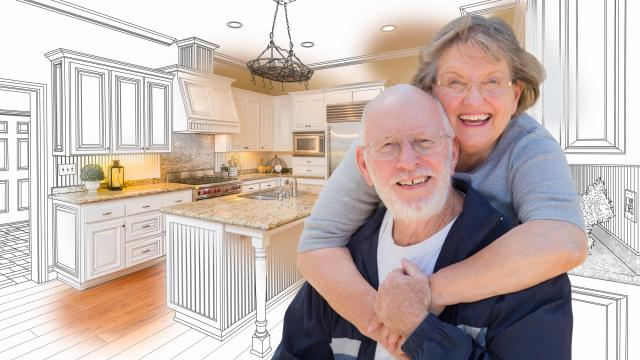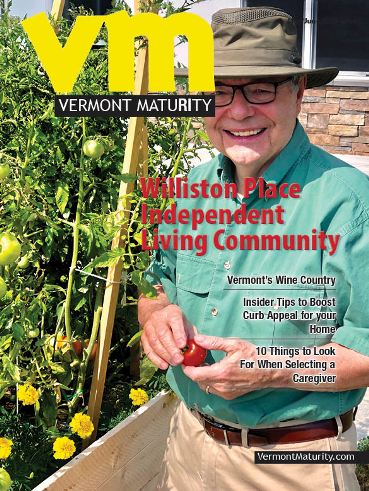
The government is trying to help you stay in your home. It recognizes that keeping an older person in their home and providing services to them there is generally less expensive and taxing on the state than having them in a residential facility. To this end there are usually a menu of services available — some free, some low cost — to the elderly at the local level, providing things like meals-on-wheels, housekeeping, transportation, and so on.
The services available vary from state to state but it’s not uncommon for their availability and cost to depend on income, not assets. Many older people’s income can be fairly small even as they draw down substantial assets to supplement that income, and many have substantial equity in their home. By not asking elders to sell their home or liquidate their assets before qualifying for assistance, they make it easier for seniors to avail themselves of the state’s services, and thus stay in their home longer.
Indeed, surveys show that most people would prefer to grow old, and even die, in their own home (or residence). This desire isn’t hard to understand.
- While you may have already downsized to a more manageable home or condo, you won’t have to move again, which is emotionally straining, physically taxing, and can be financially cumbersome.
- You remain in your own familiar surroundings and in your own neighborhood. To the extent that your friends and family are nearby, you remain close to them.
- Bringing in or hiring out the help you will need is less of a disruptive change than moving to a facility where it is provided. Some of this help might even be subsidized.
- Living in a home can be less restrictive than living in a facility or retirement community.
- It’s your home; you feel comfortable there.
Yet each of these advantages has a flip side that needs to be weighed.
- You may have to move again if you can’t be adequately cared for in your home, and it’ll be much harder when you are older and in worse health.
- You can become isolated in your home. Friends get old themselves and die, and your family members have their own busy lives to live. This is true in spades when you can no longer drive.
- Hired help can get expensive if you need a lot of it, need it 24/7, or need skilled help. It can also be hard to find.
- If you have mobility problems and/or can’t drive, it’s easy to be mostly confined to your home, which is restrictive indeed.
- Your home may become a burden to you that you’d just as soon be rid of…
Disadvantages of Aging in Place
The disadvantages of staying in your home aren’t always given the consideration that the more appealing advantages are, so we discuss some of them here.
Your aging in place plan may be going swimmingly: you’ve made the appropriate home modifications, you’re getting the help you need, and you’re doing fine. Then something happens: maybe you have a stroke, maybe you have a debilitating fall, maybe an accident, maybe a sudden-onset illness — something happens that suddenly means you need a significantly higher level of care.
Now — right now — you need a different living arrangement…and because of the event you haven’t the time, energy or perhaps competence to manage the transition yourself. Now you’re at the mercy of “the system” and whatever help friends or family may be able to provide. That help may not be much given your distance from these people and/or your relationship with them, and they may be too old or infirm themselves to help. This situation may be manageable if one person of a couple is still able to function well — they can help to care for the sick person and/or orchestrate a move, but if both people are frail this is a crisis.
This article is an excerpt from The Senior Years Master Plan, which is the only resource of its kind, by Ralph Mroz. It can be purchased on Amazon.
Related Articles & Free Subscription

Aging in Place Through Universal Design






Comment here